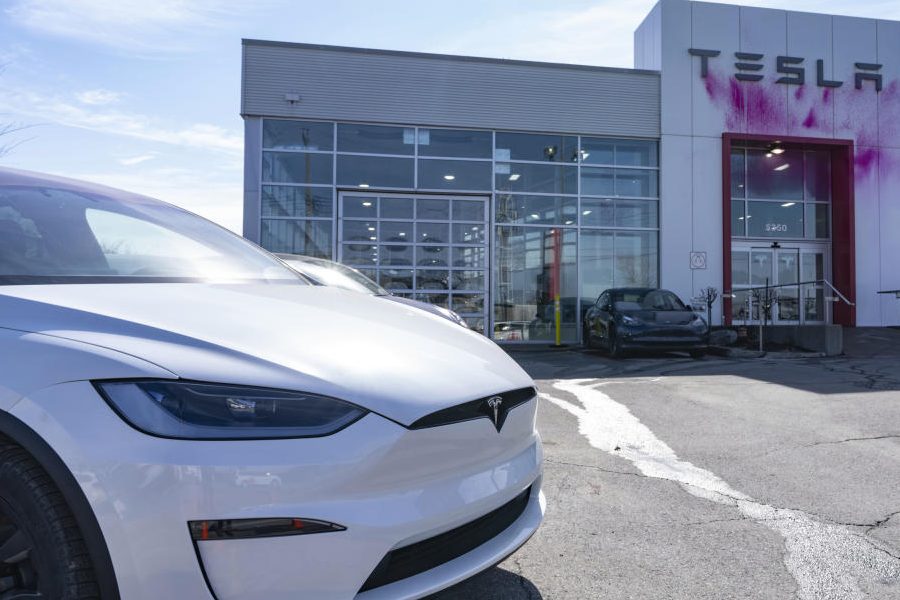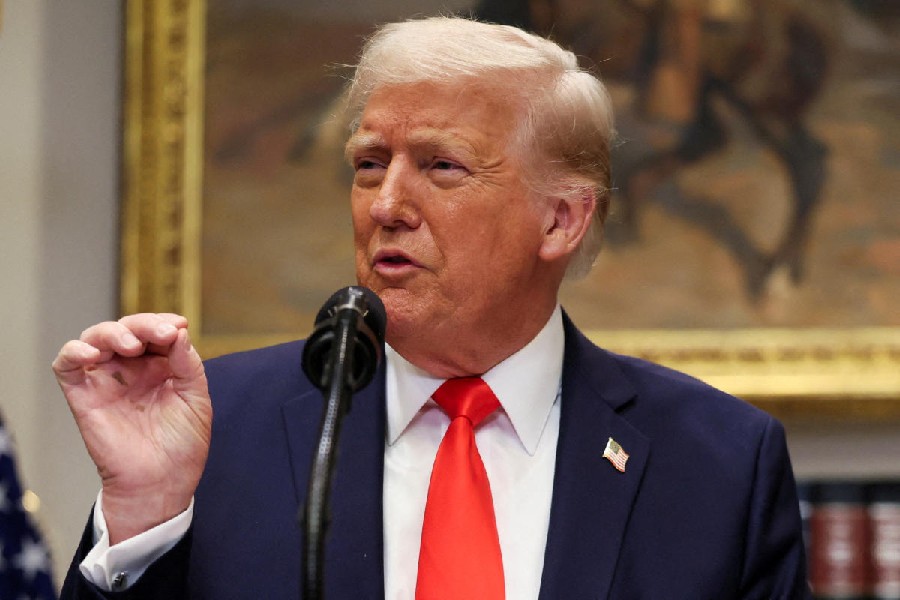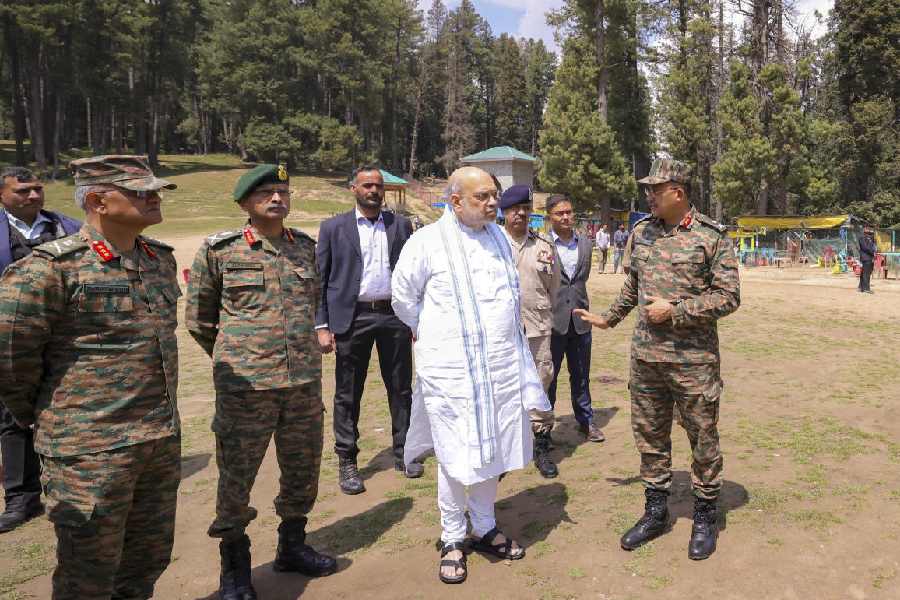With just over a week to go before President Donald Trump's April 2 deadline for imposing reciprocal tariffs, India and the US are racing to finalise a trade deal. Here’s the question: Does this mean India’s roads are about to be overrun by Teslas and other American automobiles?
The Trump administration is relentlessly piling pressure on India to slash tariffs and allow near-duty-free vehicle imports from the US. Commerce minister Piyush Goyal has been racking up air miles between Washington and Delhi in an effort to strike the best agreement for India. However, the US government isn’t budging – it wants a deal on its terms.
Trump has criticised India’s tariff policies, calling the country the “tariff king.” He says, “It is very unfair. India charges us auto tariffs higher than 100 per cent. Whatever they tariff us, we will tariff them.” India is open to some cuts but is firmly ruling out zero tariffs. It’s also insisting that US-made cars meet strict value-addition rules to prevent rerouting via cheaper hubs like Mexico or China.
But don’t write a requiem for India’s auto industry just yet. For one thing, the number of American automakers that could actually benefit from this deal is – well, tiny. Ford, General Motors and Tesla are the only major US players with a global presence, and they don’t pose much of a threat to India. Domestic manufacturers with production facilities in India still have key advantages over potential US importers.
Elon Musk has long been pushing to bring Tesla to India, but there’s a catch: the company plans to import vehicles from its Berlin plant. So Tesla’s much-hyped entry wouldn’t even fall under a US-India trade deal, which would apply only to US-made cars.
As for GM and Ford, both entered India with ambitious plans but never managed to gain traction and ultimately had to hit the brakes. Ford, at least, still has a plant in India but has scaled back its operations while GM packed up and left. “Which US company is even in a position to export cars to India?” asks one auto industry expert. “Ford? They already manufacture here.”
Right now, India slaps a hefty duty on standard imported automobiles of 110 per cent – 70 per cent basic customs duty plus 28 per cent GST. For luxury and large-engine cars, the effective total tax burden is 143 per cent.
The US, by contrast, imposes a 2.5 per cent tariff on car imports from India. Auto parts face 15 percent tariffs in India, compared to 2.5 per cent in the US. “Tariffs will be brought down, but the question is to what extent?” says an industry expert.
He adds, “You can’t reduce tariffs only for Tesla – if Tesla gets a break, other premium luxury brands like Mercedes, BMW, and Audi will also benefit.” Another unique factor in India: many Teslas would be chauffeur-driven, unlike in most other countries. So, a Tesla with a driver? That would be a novel sight.
While all eyes are on the US deal, India is also gearing up for trade negotiations with the European Union (EU) and the United Kingdom. Experts suggest that talks with the EU could have a much bigger impact on the auto industry. “The EU is definitely interested. Unlike the US, the EU has multiple major auto players. That will be a much greater challenge,” notes another expert.
Even if the government reduces trade barriers on automobile imports, foreign brands will still face practical hurdles like navigating India’s roads. “Ground clearance is a major issue. Many of these US and European cars have lower ground clearance, which can be a big problem in India, where roads are uneven and riddled with potholes and often unmarked speed breakers,” says an industry veteran.
“And then there’s the climate – extreme heat, heavy rains. These companies will have to adapt, and that takes time,” he says. While international brands have experience adapting to different environments, these factors could delay their entry into the Indian market.
If India does opt for a tariff cut, global brokerage Nomura predicts a slight increase in competition in the passenger vehicle and premium motorcycle markets but says the overall impact would be “minimal” due to India’s notoriously cost-conscious consumers.
It’s important to consider a key factor: price disparities. The average car price in the US stands at $47,000 (Rs 4.1 million). In India, the average selling price of a car is just $11,000 (Rs 949,000). India’s auto industry remains highly cost-competitive. The average hourly wage in India is just $1.50, compared to $2.50 in Mexico and $15 in the US. US shop floor wages are nearly five times higher than in India.
Another key variable in this equation is the appreciation of the US dollar, making manufacturing in the US more expensive. This means that even if tariffs are adjusted, US-based automakers would still struggle to compete on cost.
So, will India be flooded with foreign cars overnight? It’s very unlikely. Even if Trump gets his way, American automakers still have to tackle the real roadblocks – cost, infrastructure and consumer preferences that still overwhelmingly favour homegrown brands.











